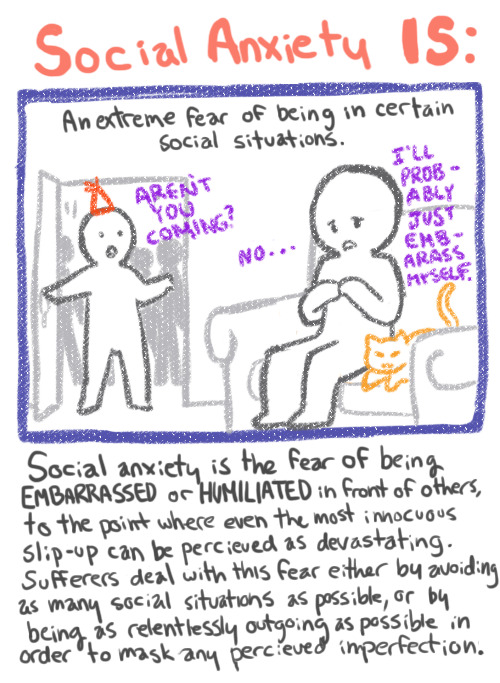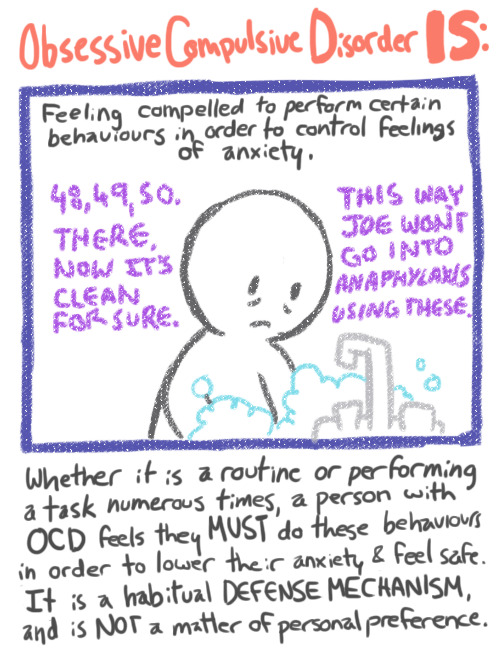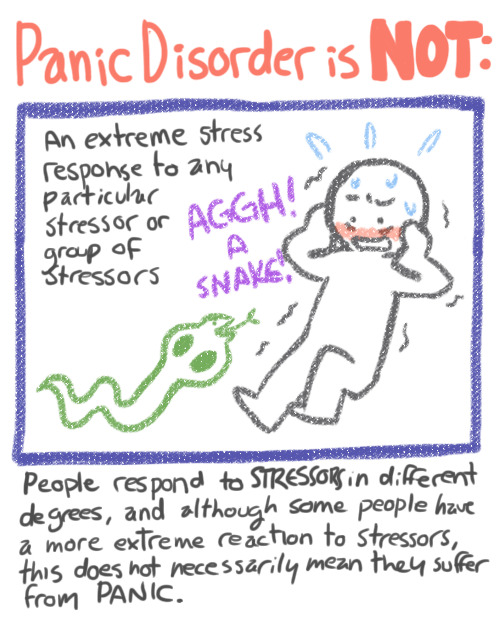Don't wanna be here? Send us removal request.
Text
The Taiji Cove
*WARNING: the imagery used in this article may be unsettling. Viewer discretion is advised.
My dear reader, this week I am bringing to you a topic that I have recently become aware of that weighs heavily on my heart. This past month I watched a documentary called “Blackfish”, which is about the life of Tilikum, an orca in captivity who has taken the lives of multiple people, and his history, which shows the hidden issues of the sea-park industry. After watching this documentary I became intrigued about marine wildlife conservation activism, so I did some digging and I discovered the Taiji Cove.
The Taiji Cove is a small inlet located on the southern end of Japan. Every year, between the months of September and March, over 2,000 dolphins are either captured or slaughtered in the Taiji Cove. The hunt begins early in the morning. The twelve hunting boats spread out to locate a pod of dolphins, contacting each other by radio once they have found a pod. The boats then herd the pod into the shallows of the cove, trapping them with nets. The dolphins deemed “pretty” are taken for use in the entertainment industry, while the others are killed for human consumption. In an attempt to reduce bloodshed in the water, a new method called “pithing” is being used to kill the dolphins. Pithing is stabbing a metal rod into the dolphins spinal cord causing paralysis. This method does not give the dolphins a quick death though; “it has been documented that some dolphins and small whales have taken more than thirty minutes to die.”

The citizens and officials of Taiji have claimed that dolphin hunting is a cultural tradition in their town, but in a letter by Sakae Hemmi of the Japanese NGO Elsa Nature Conservancy, Hemmi stated the following:
“In fact, the history of dolphin hunting in Taiji is short. According to The History of Taiji, edited and published by Taiji town in 1979, the first recorded dolphin drive was in 1933 [and] it was not until 1969 that dolphin drives have been conducted on a large scale. The history of the dolphin drives spans a not so-called 400 years, but a mere 45. Furthermore, in 1969, the main goal of the dolphin drive was to capture pilot whales as prized showpieces for the Taiji Whale Museum. In other words, the dolphin drive was purely for profit, having nothing to do with cultural history”.
I personally find it disturbing that local officials in Japan are willing to cover up a slaughter of this scale by claiming it to be a cultural tradition. Not only does this cause me to feel distrust of the officials for lying, but also for supporting these brutal massacres.

While researching I found yet another excuse used by the locals to justify their killings. The mayor of Taiji gave a statement saying, "We have fishermen in our community and they are exercising their fishing rights," But dolphins are not fish. Dolphins are mammals, just like us, who have proven on multiple occasions to be highly intelligent and emotional. In a study by Lori Marino, a neurobiologist, Marino found that dolphins have an extremely complex limbic system, which is the part of your brain that “...deal with emotions and the formation of memories.” Meaning that dolphins feel emotions possibly even stronger than we do.
I hope that now you understand why I find this to be such an important issue. When I learned just how many dolphins were really being killed, my immediate reaction was, “What can I do to help?” If you, like me, are sickened by this brutal slaughter, there are many ways that you can help prevent it. The most important, and easiest way, is spreading the word. Not enough people are aware of what is happening, so if you have the opportunity, inform others. If there is enough negative attention placed on the Taiji local officials, eventually someone higher up is bound to call for change. Another way is supporting and donating to organizations that make sure conservation laws are enforced. The links below will take you to organizations that are key in fighting against the dolphin hunt. One way of helping that is more hands on, is volunteering in Taiji. This requires time and commitment, but volunteering truly is the most effective way to help. Lastly, don’t buy tickets to dolphin shows. If there isn’t a demand for dolphins, then they will no longer be supplied.
Please don’t let this barbaric, so called “tradition”, go on. Make a difference, make a change, save a dolphin.
Sea Shepherds
http://www.seashepherd.org/cove-guardians/what-you-can-do.html
The Dolphin Project
https://dolphinproject.net/take-action/
International Marine Mammal Project
http://savedolphins.eii.org/take-action/take-action-save-japan-dolphins/
4 notes
·
View notes
Text
Jesus Is a Brand of Jeans
In the article boldly titled “Jesus Is a Brand of Jeans”, Jean Kilbourne, a social theorist and widely published writer and speaker, addresses the dark reality of advertising and how it has affected us as a society. She discusses that it has become easier to love a product rather than person; and how advertising causes people to hold false promises of happiness and contentment from inanimate objects. Kilbourne addresses the issue of objectification, in both men and women, as their bodies are being used to sell products. She looks into the cultures advertising has impacted in a way that technologies and companies have begun to replace their character and history. Jean Kilbourne is a powerful speaker and writer, and I found her argument to be relatable to both myself and also other victims of this temptation.
During the introduction of her article, Kilbourne supplies stirring examples of how product have become more important than people. In one of the examples she uses, a couple appear to be making love while the female partner's face is covered by a magazine open to a photo of a car. The caption of the photo is, "The ultimate attraction." Kilbourne goes on to explain how ads such as this, though they are meant to be funny, tend to replace the value of a person-person relationship with a person-product relationship. She says that companies are claiming their products can produce the same love without the messiness or vulnerability. She adds that these companies are also taking advantage of our emotions and desires to most effectively sell their products. By attaching life-long happiness to something like cereal, Kilbourne says that we expect these things to deliver something that they never can. In a gripping statement, Kilbourne states that, "...bottomless consumerism not only depletes the world's resources, it also depletes our inner resources."

Another issue that Kilbourne addresses, is the problem of objectification of both men and women in advertisements, and how it affects self-image. She says that advertisements can affect how young men and women view themselves and others. Kilbourne explains that this objectification also causes the intensity people might feel towards the advertisements to be transferred over to the product itself. "The addict is the perfect consumer." She writes that even she once felt almost romantically attached to her cigarettes when she used to smoke. Companies have invested vast amounts of money into researching the best ways that they can persuade you that you NEED their product.

Kilbourne later in her article addresses the cultural impact that advertising has on our society. In an example, she tells the story of a tribe in Alaska that once had a rich and fascinating culture. The tribe's history was only passed down through oral history. Once the tribe got television, and therefor advertising, the newer generations no longer cared about their history, and instead cared about technology. Kilbourne says that not only does advertising destroy culture, it "creates a toxic society".
In her conclusion, Kilbourne explains that, though she knows that these companies are just doing their jobs, the results of their work is destroying our society; using up so much of our precious time, effort, and money. She restates that advertising shows material goods as the path to political freedom and most importantly, happiness.

When I read Kilbourne's article, I definitely felt persuaded to resist advertising's corruptive ties that she so vividly described. Her language was formal, though I wouldn't expect anything else from such a serious topic, and also relatable. She thoroughly backed up her article with facts and evidence without losing her overall tone. I think that Kilbourne did a great job of informing her readers, but also maybe even persuading them to take some sort of action against advertising.
I would agree that advertising has gotten completely out of control over the last few years. Obviously a product cannot produce the same feeling that you would expect to feel from a relationship. Inanimate objects could never truly replace the love and affection of other people, but that is definitely what companies are trying to persuade. The next generation is going to be absurdly materialistic and possession orientated. Also it isn't right to objectify men or women in a way that will sell products. Companies should try to sell their products in a much more positive and friendly way. Finally, if we lose our culture because of technology and advertising, there is no way to get it back; we can't bookmark or rewind history. If we don't take action to make advertising more realistic, the repercussions on our society could be detrimental to our future. For further discussion, feel free to contact me.
0 notes








